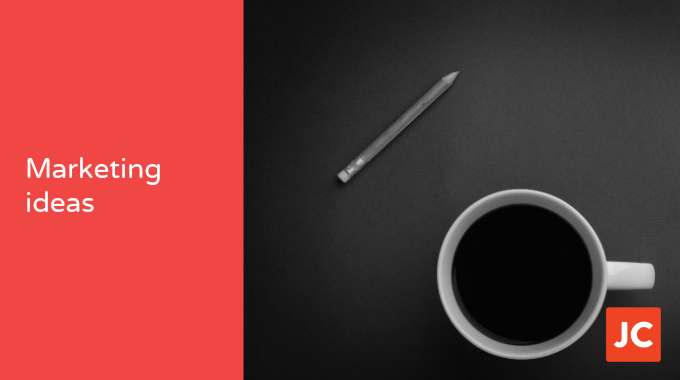
I’d like to share a personal experience with you today, which shows the commercial importance of choosing your customers.
The coffee shop that failed to choose
Most weekends, my family and I go for a walk along the local riverbank. At the end of the walk, there’s an independent coffee shop, which we often go into for some lunch. The place is very small, with seating for around 20 people. It’s mainly used by people with young families, who have been walking and older people who meet there for lunch and a chat.
2 weeks ago, my wife our young son and myself were enjoying our lunch when members of a cycling club arrived. They had obviously been cycling very vigorously, as they were dripping with sweat. The 10 of them came in, took their muddy shoes off (not pleasant) and walked to their seats leaving 10 sets of sweaty footprints. Not an ideal atmosphere when you’re eating!
Within a few minutes, an older couple who are regulars, cancelled their order and left. A younger couple with 2 small children came in and walked straight out again — the sweaty smell and noise was not what they expected.
We quickly finished our lunch and left. As we paid, the proprietor asked if everything was OK. I explained that it wasn’t and she immediately knew what I was referring to. She went on to explain that unlike the other local coffee shops who have banned cycling clubs, she hasn’t.
She said; “I can’t afford to turn them away!”
I replied; “Who? The cyclists or the regular customers you’ve just lost?”
Unbelievably, the proprietor then told me that the cycle club were rude and that one of them had insulted her waitress. Yet, she still believes she can’t afford to lose their very occasional custom! They mainly want to use the toilets, have one drink and have a 30 minute break.
The problem created with an intermittent issue like that, is that they flood the coffee shop just often enough to make it not worth risking a wasted trip. So, we shall not be using the place in future. It seems we are not alone…
The next time our family went for a riverside walk, we decided to use another local coffee shop. As we walked in, we saw several of the people who we usually see at the other coffee shop. They each said the same thing, that the atmosphere was ruined for them and they won’t risk going back and having that happen to them again.
The marketing lesson here?
It’s not about being short-sighted, at least not directly. The learning from this situation is that the business owner failed to chose. By trying to attract everyone’s custom, she failed on both counts.
The business owner failed her regular customers, by allowing the place to be taken over by the cycling club members. One of the regulars we met, who left after we did, told us that within 15 minutes of the cycling club arriving, the place was empty of regular customers. Others came in and walked back out again.
The business owner also failed the local cycle clubs. Other independent coffee shops in the local area have a sign outside, saying No Cycling Clubs. Now, had the coffee shop owner built a cycle club-friendly experience, with somewhere safe to put their expensive bicycles and a BIG Cycle Clubs Are Welcome sign on the door, she’d attract more than that one cycling club. People like me, who cycle regularly but are not part of a club, would also appreciate a safe place to store our bikes when we stop for a coffee.
By contacting all the local cycling clubs and telling them that she welcomes them, she could carve out a very nice weekend trade.
She did neither.
By refusing to choose, the coffee shop owner has lost a number of her regulars and will fail to attract enough cycling clubs to cover the losses.
The cost of dodging the decision
All business owners face similar choices, with many doing exactly as the coffee shop owner did and failing to choose. Most importantly, by failing to choose, you miss a great opportunity to offer exceptional service to your chosen market.
Of course, the paradox here is that the decision not to choose is a choice itself. It’s the default. The let it slide option. The fast track to average.
And if you think making the decision is hard, wait until you see the cost of dodging the decision.
PS – You may find this useful. It’s all about choosing your customers.